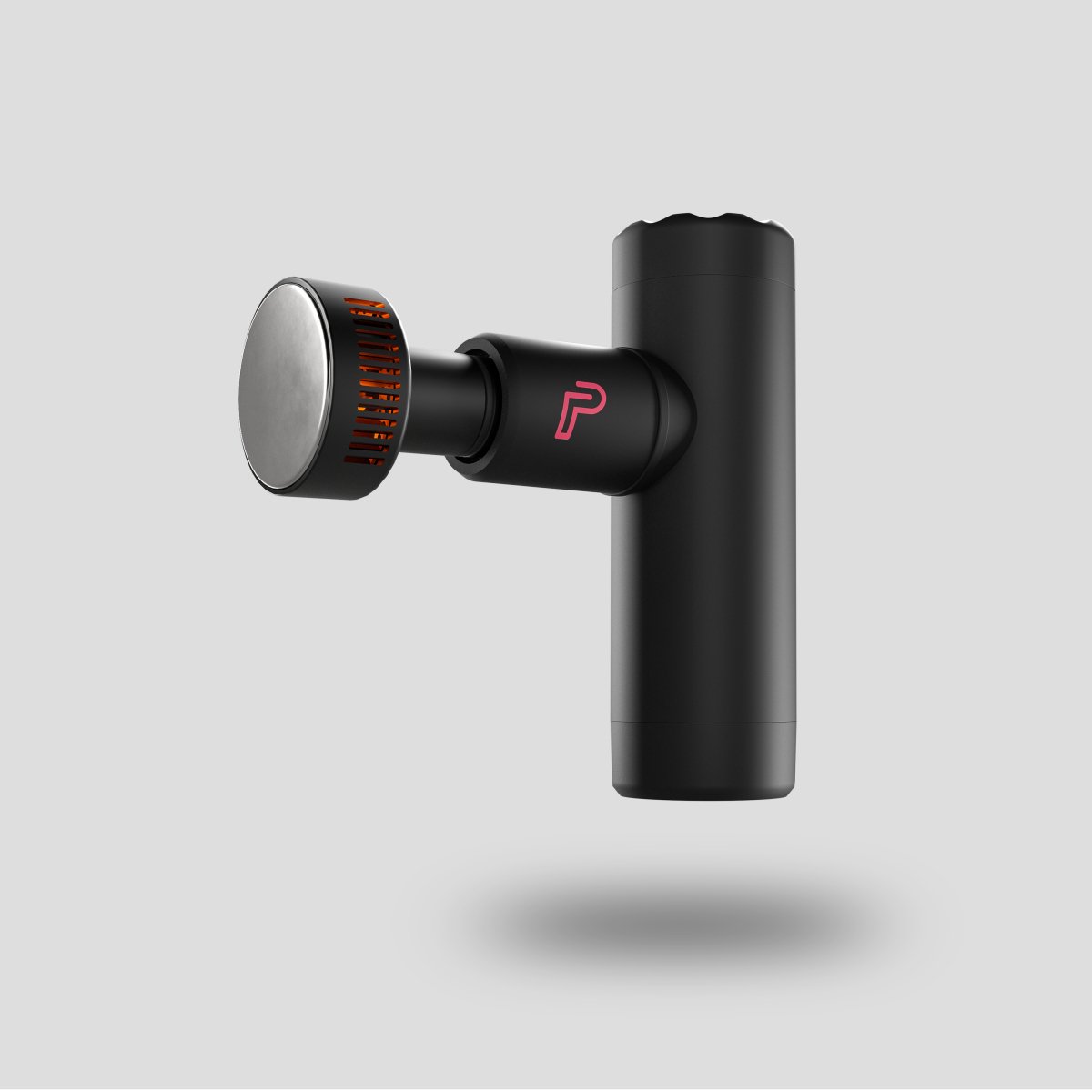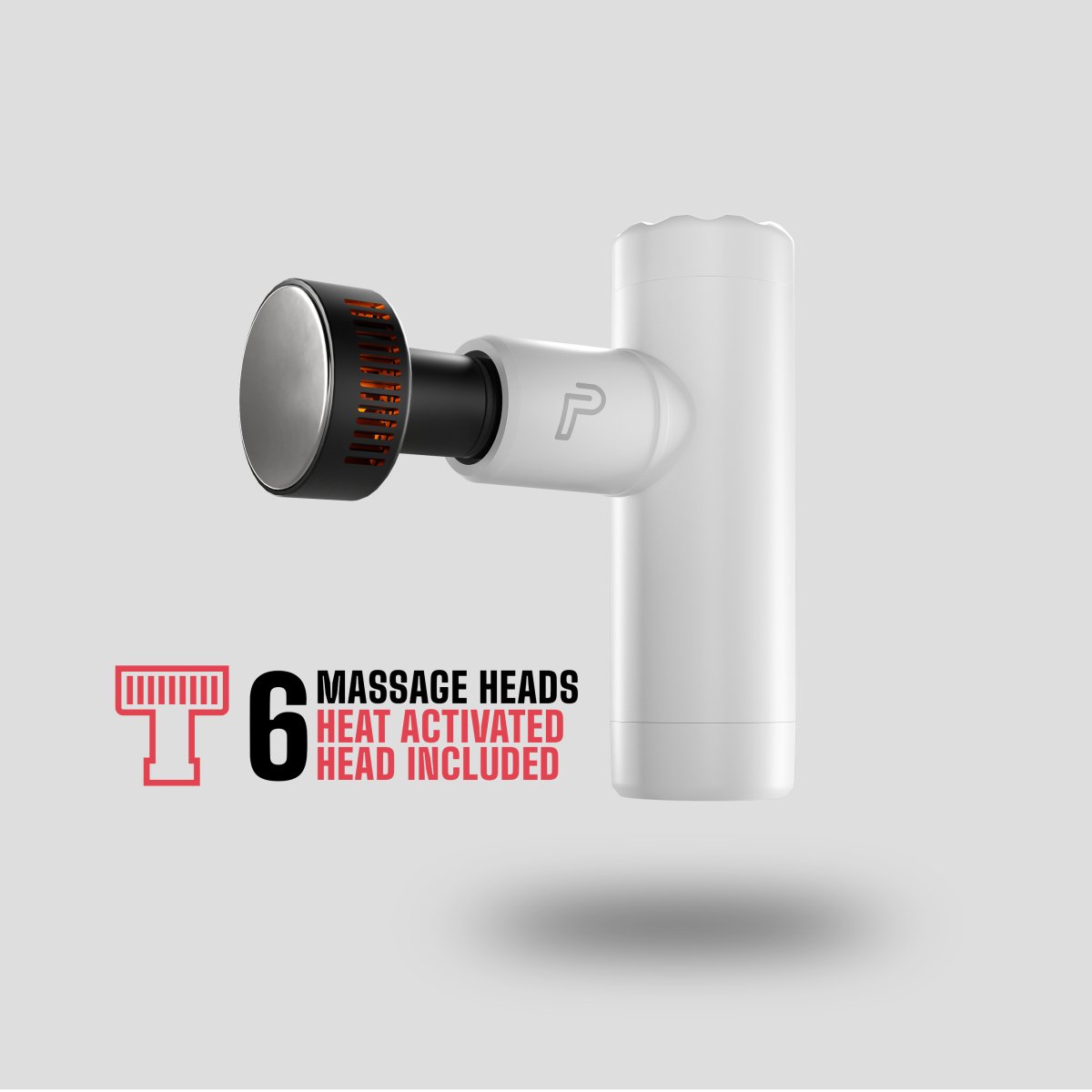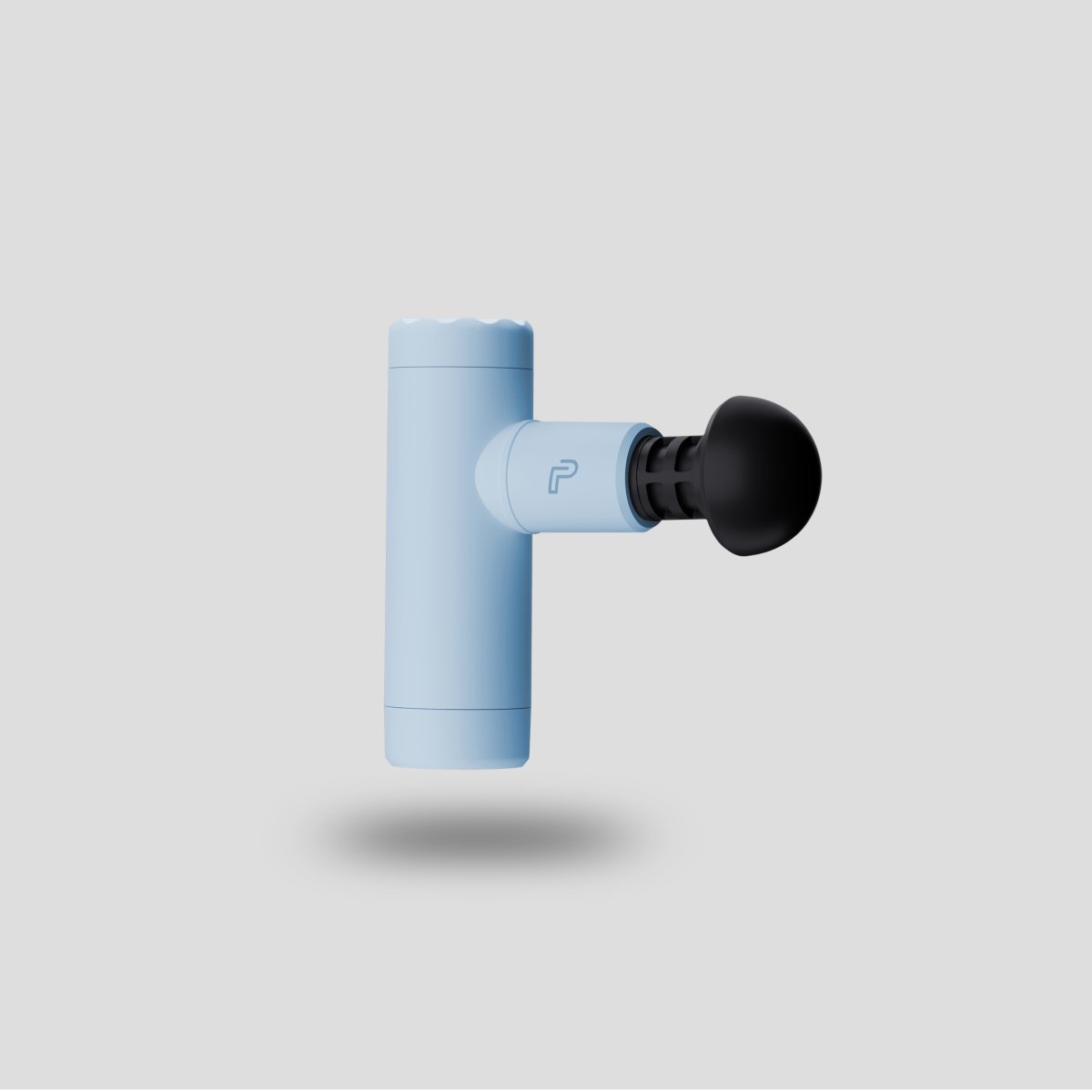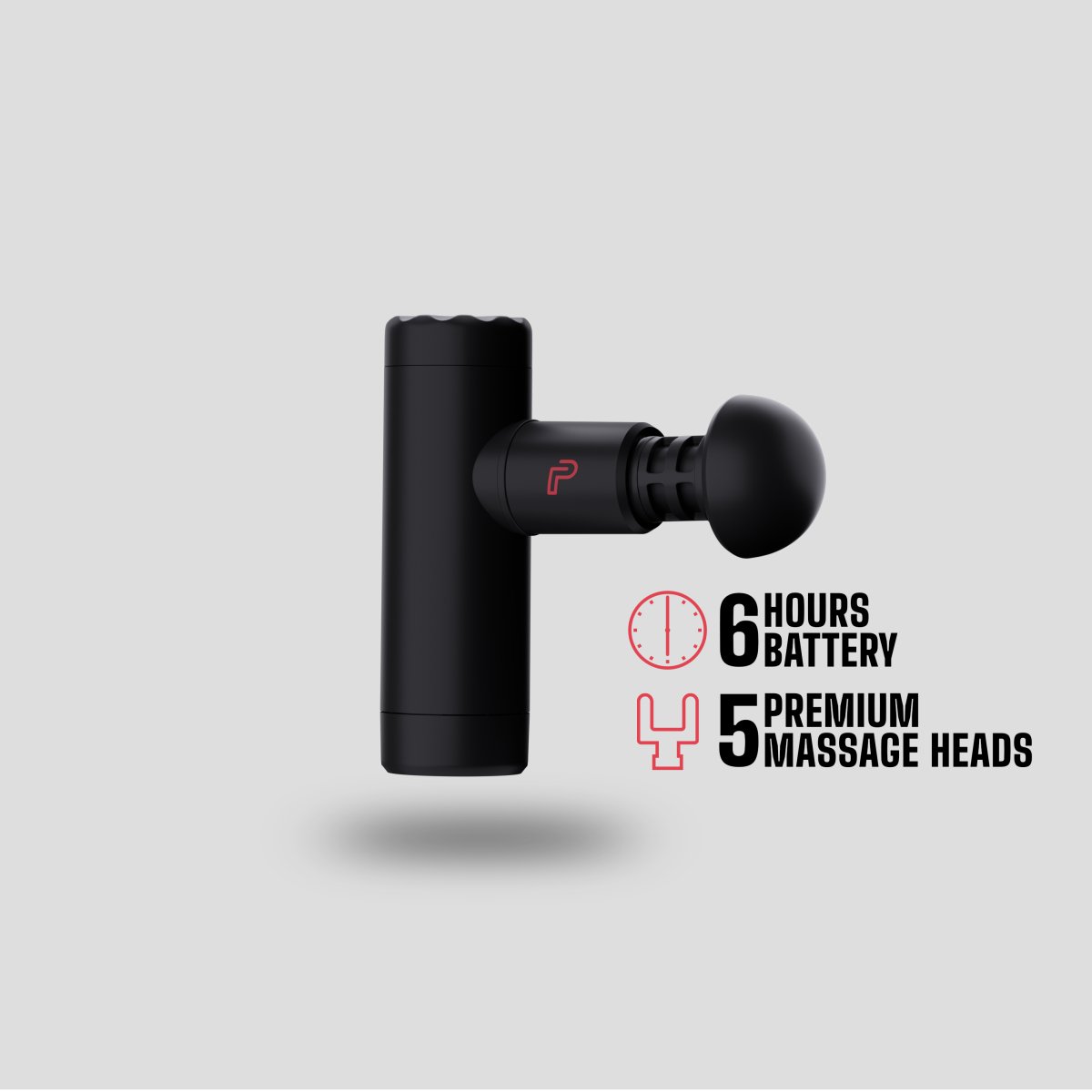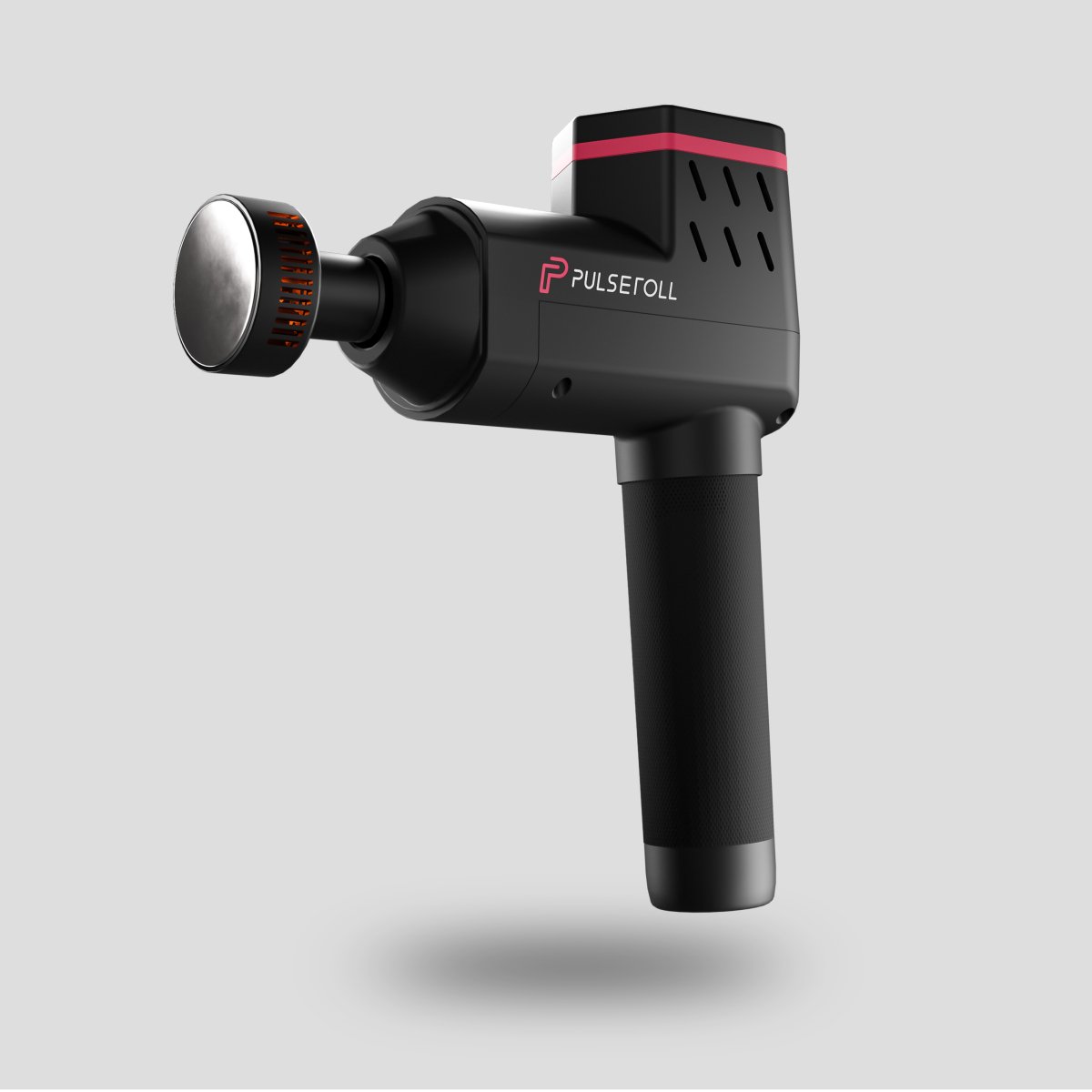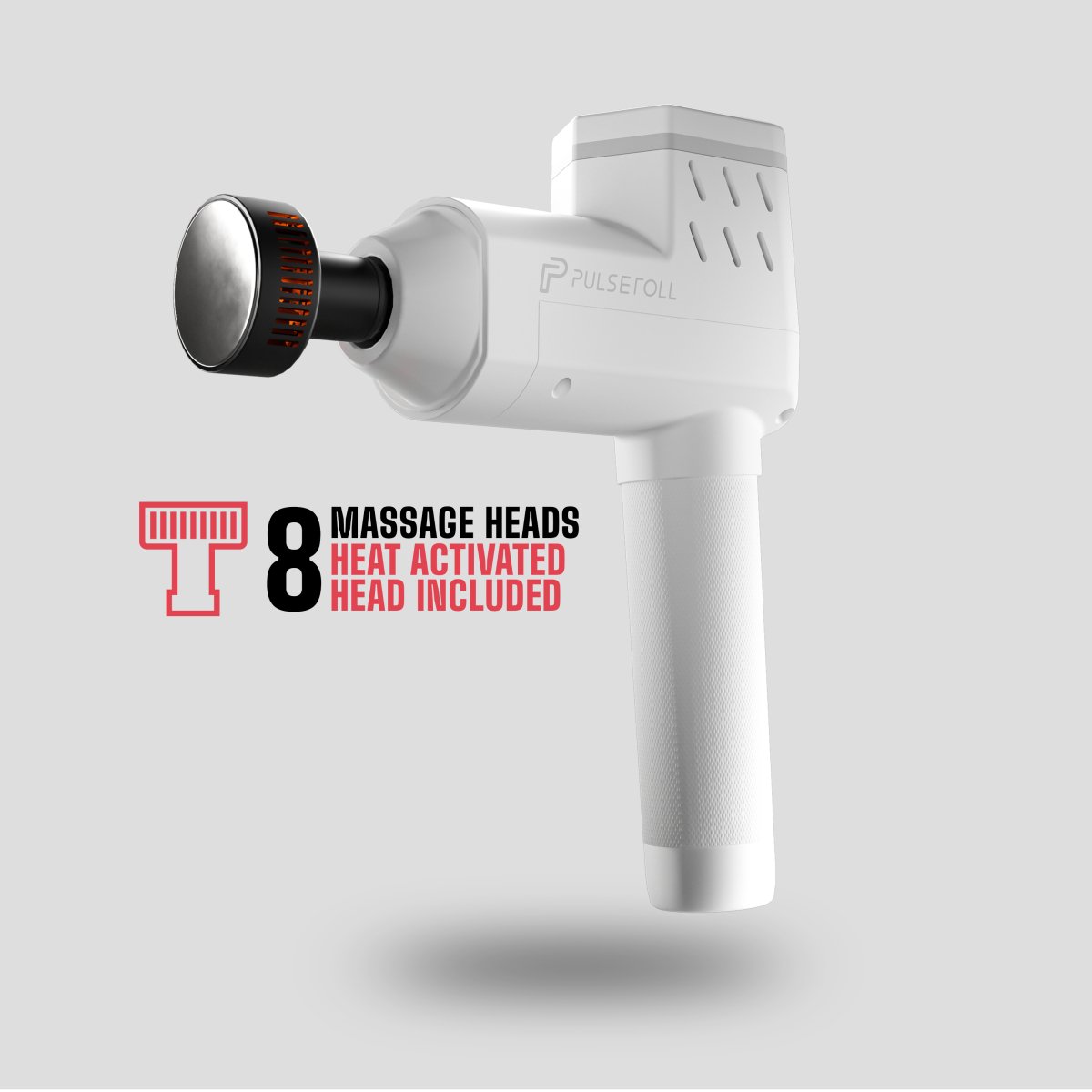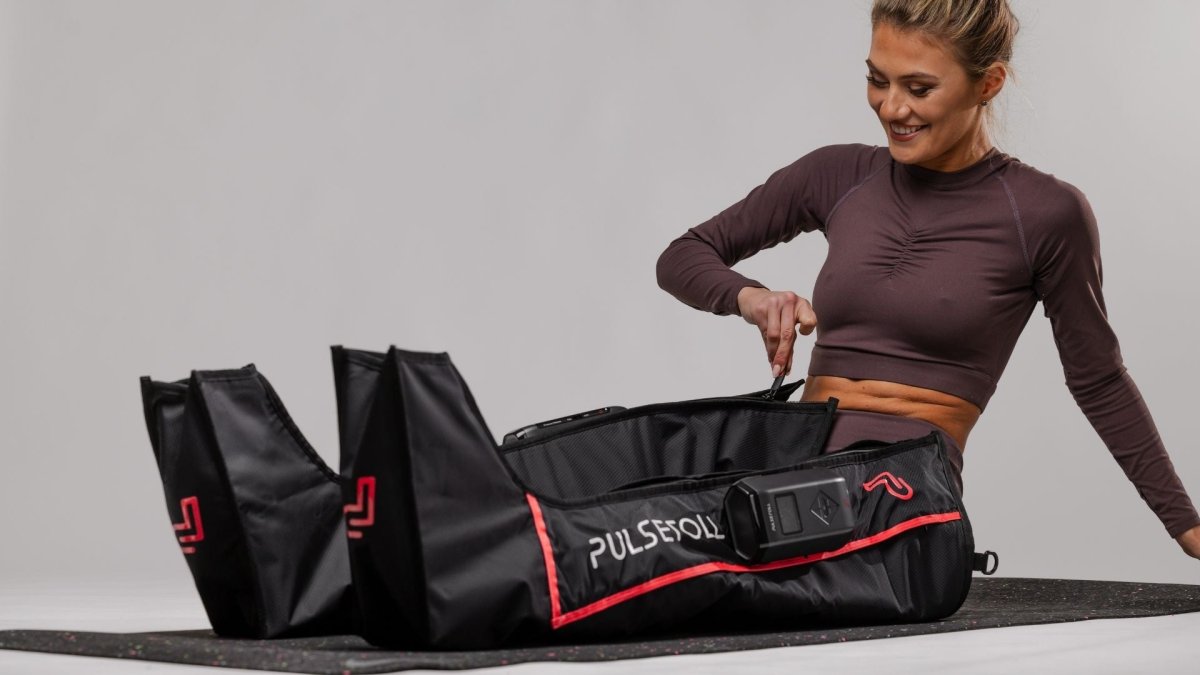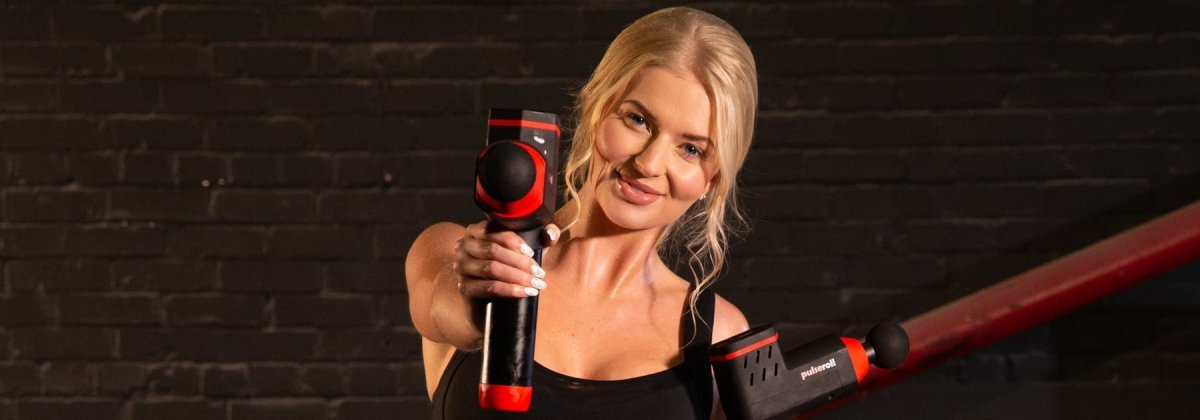Muscle strain happens when you stretch or tear your muscle fibers. As frustrating as it can be, muscle strains often happen for many reasons. To find out more about muscle strain and the causes, and how to treat a muscle strain, keep reading!
Most muscle strains happen for one of two reasons: either the muscle has been stretched beyond its limits or it has been forced to contract too strongly. In mild cases, only a few muscle fibers are stretched or torn, and the muscle remains intact and strong. In severe cases, however, the strained muscle may be torn and unable to function properly.

The common symptoms of muscle strain include:
- Muscle pain and tenderness, especially after an activity that stretches or violently contracts the muscle; pain usually increases when you move the muscle but is relieved by rest
- Muscle swelling, discoloration or both
- Muscle cramp or spasm
- Either a decrease in muscle strength or (in Grade III strains) a complete loss of muscle function
- A pop in the muscle at the time of injury
- A gap, dent or other defect in the normal outline of the muscle.
If you feel that you could be suffering from a muscle strain, do not worry. Most muscle strains and spasms can be treated from the comfort of your own home.
How to treat a muscle strain
For the first couple of days following your injury, you should to follow the highly recommend RICE therapy steps to help bring down swelling and support the injury:
- Rest – stop any exercise and try not to put any weight on the affected area
- Ice – apply an ice pack (or a bag of frozen vegetables wrapped in a tea towel) to the injury for up to 20 minutes every 2 to 3 hours
- Compression – wrap a bandage around the injury to support it
- Elevate – keep the affected area raised on a pillow as much as possible.
In order to effectively treat a muscle strain yourself, you need to help prevent the area from swelling. To do this, try to avoid heat (such as hot baths and heat packs), alcohol, and massages for the first couple of days.
When you can move the injured area without pain stopping you, try to keep moving it so the joint or muscle does not become stiff.
How to help prevent muscle strains

Now, if you’re an active person who often likes to push yourself when working out, you could be at risk of straining your muscles. In order to prevent muscle strains, there are a range of things you can do as preventative measures, such as:
- Warm ups before participating in sports and activities
- Following an exercise program aimed at stretching and strengthening your muscles
- Increasing the intensity of your training program gradually; never push yourself too hard or too soon
- Maintaining a healthy body weight; obesity can stress muscles, especially in your legs and back
- Practicing good posture when you sit and stand
- Using the correct technique when you lift heavy loads.
A key part of looking after yourself and preventing your body from muscle strains is recovery. If you are someone who likes to exercise a lot, you should be taking care of your body and muscles after a workout.
And when it comes to recovery, Pulseroll are the brand to take a look at! We are proud to have a range of muscle recovery products, designed to help with next day soreness and muscle pain. From vibrating foam rollers, that allow you to target a wide range of muscle groups at once, to massage guns, that allow for specific targeting of sore spots, we have a range of equipment that will go a long way when it comes to muscle strain treatment and/or prevention.
To learn more about our products, check out the rest of our muscle recovery hub.






